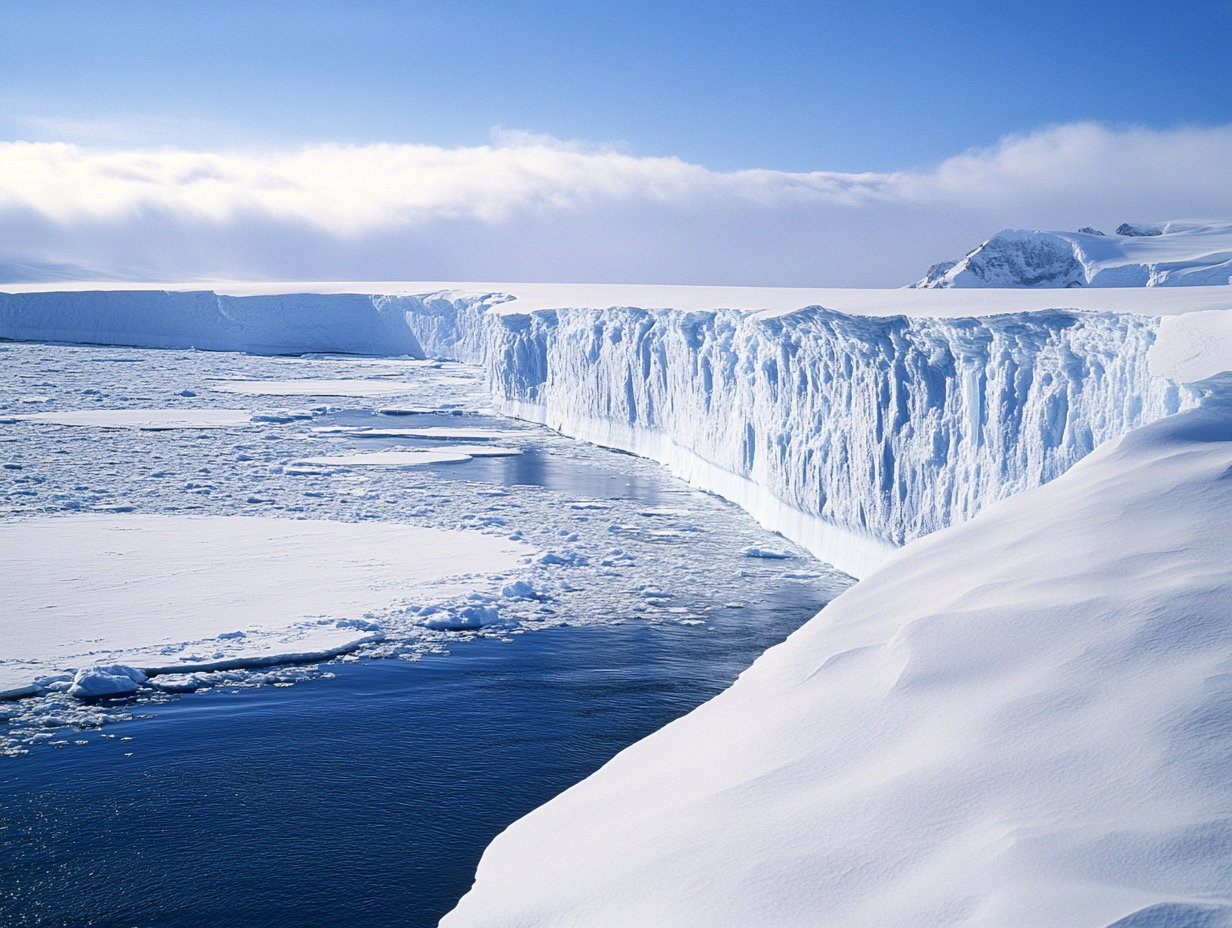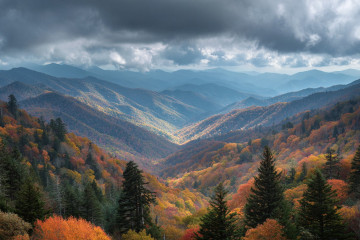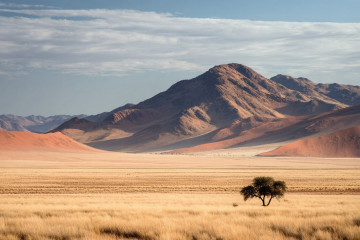These countries post the coldest average temperatures on Earth, but even in places defined by ice and snow, the climate is starting to shift
There are still places on Earth where the cold doesn’t come and go. From the wind-carved plateau of Antarctica to the treeless tundra of northern Canada and the high steppes of Mongolia, some countries endure cold not as a passing season but as a permanent backdrop. Average annual temperatures remain well below freezing. Infrastructure is built to withstand months of frost. Entire ways of life revolve around snow, ice and the rhythms of a long, unrelenting winter.
But even the coldest regions aren’t insulated from climate change. In fact, many are warming faster than the global average – not in ways that erase the cold entirely, but in ways that destabilise it. Some years bring deeper snow and heavier storms. Others see the cold arrive weeks later than expected, or retreat sooner. Familiar patterns – once embedded in culture, farming, and daily movement – are beginning to shift. What’s changing isn’t just the degree of cold but its reliability. And in the coldest places on Earth, that loss of consistency may prove more disruptive than the rise in temperature itself.
The 10 coldest countries in the world in 2025
This list is based on 2025 average annual air temperatures, using data from the World Meteorological Organisation (WMO), NASA’s GISTEMP, Berkeley Earth, and NOAA’s Global Historical Climatology Network (GHCN). These organisations compile long-term climate records from both satellite observations and ground-based monitoring stations.
- Antarctica – Averaged -56.7ºC in 2025
- Russia – Siberia averaged -5.4ºC
- Canada – Northern regions averaged -4.8ºC
- Greenland – Recorded -3.6ºC across the ice sheet
- Mongolia – Annual average reached -0.9ºC
- Norway – Including Svalbard, averaged 1.3ºC
- Kazakhstan – National average reached 1.6ºC
- Finland – Recorded 1.9ºC on average
- Iceland – Climbed to 2.0ºC
- United States (Alaska) – Averaged 2.1ºC in northern zones
The science behind the warming of cold places
It’s a well-documented phenomenon that many of the coldest parts of the world are also warming the fastest. This is due to polar amplification – a process where melting snow and ice reduce the Earth’s reflectivity. Bright, frozen surfaces typically bounce sunlight back into the atmosphere; when they melt, darker ground and ocean, which would otherwise be hidden underneath, absorb that heat instead, accelerating warming in surrounding areas. This effect is especially pronounced in regions like northern Canada, Greenland and Siberia, where ice loss is increasingly year-round.
A 2022 study in Nature Communications Earth & Environment confirmed that the Arctic is warming nearly four times faster than the global average. And while the Middle East may be heating more rapidly in summer extremes, Arctic and sub-Arctic regions are where the long-term rate of change is sharpest.
Why climate change can lead to colder winters
Global warming, or climate change, doesn’t always translate to milder winters. In many cold regions, it brings instability – not less cold, but a more erratic cold. A warming climate shifts long-term averages upward but it also stretches the extremes, so a mild January might be followed by a severe Arctic front; a thaw can give way to a record-breaking blizzard.
One driver of this volatility is the jet stream – a high-altitude air current that typically keeps polar air locked in the Arctic. As the region warms and sea ice retreats, the jet stream weakens and shifts. This allows cold Arctic air to plunge further south, and warmer air to move north, increasing the frequency of polar vortex events and sharpening contrasts between seasons.
The result isn’t a straightforward rise in temperature but a climate marked by sudden swings: heavier snowfall, delayed freezes, earlier thaws, and less predictability overall. The world’s coldest countries are still cold but the nature of that cold is changing.



